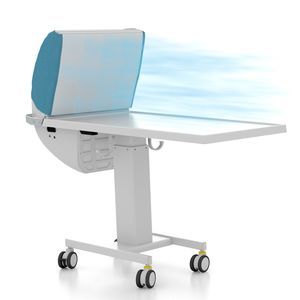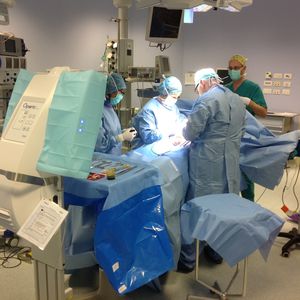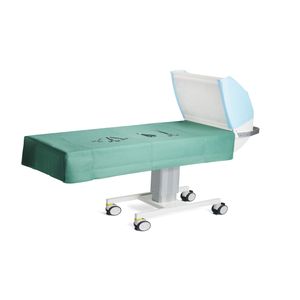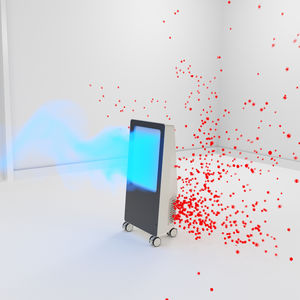
- 医療技術設備
- 病院インフラストラクチャー
- 眼科手術層流システム
- Normeditec
手術室用層流システム TOUL Operio眼科手術手術台

お気に入りに追加する
商品比較に追加する
特徴
- 応用
- 手術室用, 眼科手術
- 設定
- 手術台
詳細
眼科手術用モバイル空気清浄ユニット – わずか2分でISO 5の無菌環境を実現
Operio モバイル層流エアフローシステムは、眼科手術や硝子体内注射に最適な、コンパクトで移動可能な無菌空気供給ソリューションです。手術部位と器械台に直接ISO 5クラスの無菌空気を届け、99.995%の空中浮遊菌やウイルスを除去します。設置工事不要、電源に接続するだけで使用可能で、設備投資を抑えつつ最高水準の感染対策を実現します。
✅ 主な利点:
わずか2分でISO 5レベルの無菌環境を実現
HEPA H14フィルター搭載で99.995%のウイルス・細菌・粒子を除去
手術用ライトや顕微鏡に邪魔されない安定した無菌空気の流れ
モバイル&コンパクト設計 – 限られたスペースにも最適
静音設計&冷風なし – 医療チームと患者にとって快適な環境
低消費電力(290W) – 経済的かつ効率的な運用
CE認証およびISO準拠 – 医療機器として国際基準に対応









